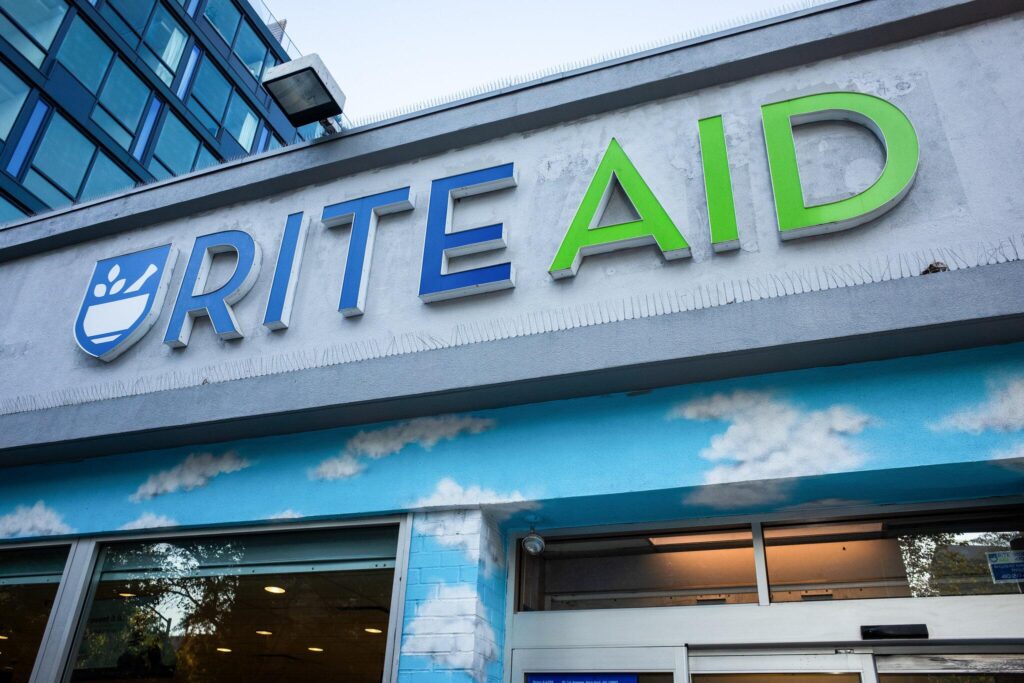Table of Contents
- Understanding the Scope and Impact of New York’s Pharmacy-Only Purchase Law
- Key Requirements for Pharmacies Under the New Regulation
- How Consumers Can Prepare for Changes in Medication Access
- Strategies for Healthcare Providers to Ensure Compliance and Support Patients
- To Wrap It Up
Understanding the Scope and Impact of New York’s Pharmacy-Only Purchase Law
New York’s recent legislation marks a significant shift by designating certain over-the-counter (OTC) substances as available exclusively through pharmacies. This change reflects a strategic move to enhance public safety, tighten control over potentially risky products, and streamline oversight by ensuring that these items are dispensed within a regulated environment. By restricting sales to licensed pharmacies, the law aims to minimize misuse, reduce accidental poisonings, and facilitate better access to professional guidance for consumers at the point of purchase.
Key aspects of the law’s scope include:
- Targeted product categories: Substances linked to abuse or health hazards such as certain cold medications and supplements now require pharmacy intervention.
- Mandatory pharmacist consultation: Buyers benefit from expert advice to ensure safe and informed use.
- Enhanced tracking mechanisms: Pharmacies must maintain records, aiding in the prevention of illegal sales and diversion.
This regulatory framework not only prioritizes consumer health but also empowers pharmacists as key players in public health advocacy, reinforcing their role beyond traditional dispensing duties.
Key Requirements for Pharmacies Under the New Regulation
Pharmacies are now held to a higher standard to comply with New York’s stringent new requirements. Secure storage facilities must be installed to prevent unauthorized access, ensuring that sensitive medications and products are only dispensed under controlled conditions. Pharmacy staff are required to undergo specialized training sessions that cover new procedural protocols, legal responsibilities, and customer verification methods. This mandatory education aims to foster accountability and enhance the overall safety of pharmaceutical transactions.
Moreover, pharmacies must implement rigorous documentation processes, including detailed logs of all transactions under the new regulation. These records must be kept readily accessible for periodic audits and inspections by regulatory authorities. Clear signage and informational materials must also be displayed prominently within pharmacies to inform customers of the new purchase limitations and identification requirements. These measures collectively strive to create a transparent, reliable, and law-abiding framework for dispensing medications in New York.
How Consumers Can Prepare for Changes in Medication Access
As New York’s pharmacy-only purchase regulation rolls out, staying informed and proactive is essential for a smooth transition. Begin by consulting your healthcare provider to discuss any changes to your current medication regimen and obtain updated prescriptions if necessary. It’s also wise to establish a reliable relationship with a local pharmacy that is well-versed in the new law, ensuring they can guide you through the permitted purchase process efficiently. Keep copies of your prescriptions and relevant medical documentation handy to avoid delays at the point of sale.
Preparing ahead will also save you time and reduce stress. Familiarize yourself with the list of medications affected by the new rules, and consider stocking up within legal limits before the full enforcement begins, if advised by your doctor. Additionally, check whether your insurance coverage or pharmacy benefits have been updated to reflect these changes as this can impact pricing and availability.
- Track expiration dates on medications to prevent wastage.
- Use digital tools or apps provided by pharmacies to manage refills and receive purchase alerts.
- Be patient and communicate openly with pharmacists about any concerns related to access or costs.
Strategies for Healthcare Providers to Ensure Compliance and Support Patients
Healthcare providers play a pivotal role in bridging the gap between regulatory requirements and patient care under New York’s pharmacy-only purchase law. To stay compliant, practitioners should establish clear communication channels with local pharmacies ensuring that prescription verifications and purchase records are meticulously maintained. Additionally, integrating updated legal guidelines into Electronic Health Records (EHR) systems helps streamline compliance workflows and reduce administrative burdens. Providers can also benefit from organizing regular training sessions so that staff members remain informed about the latest legal nuances and patient privacy requirements related to pharmacy-only purchases.
Supporting patients through this shift demands a compassionate and informed approach. Providers should engage patients with transparent conversations about the new purchasing restrictions, explaining both the rationale behind the law and the practical steps required to obtain medications. Creating educational materials and digital resources tailored for diverse patient populations can empower individuals to navigate this landscape confidently. Moreover, providers ought to collaborate with pharmacists to identify potential barriers, such as insurance coverage challenges or access issues, ensuring that patients receive uninterrupted care and medication adherence despite the changed regulatory environment.
To Wrap It Up
As New York steps forward with its new pharmacy-only purchase law, the state is setting a clear precedent on how to balance accessibility with responsible regulation. Whether you’re a resident, healthcare professional, or simply curious about evolving pharmaceutical policies, understanding the nuances of this law is essential. By fostering safer purchasing practices through pharmacies, New York aims to enhance public health outcomes while maintaining convenience for consumers. Stay informed and engaged as this legislation takes effect – because the future of medication access is not just about availability, but about smart, thoughtful stewardship for the well-being of all.Check Our Other Blogs
- StunGun – Your Trusted Source for Stun Guns, Laws, and Self-Defense Tips
- PepperSprayLaws – Your Trusted Resource for Pepper Spray Information
- StunGunLaws – Your Trusted Guide to Stun Gun Legality and Safety




